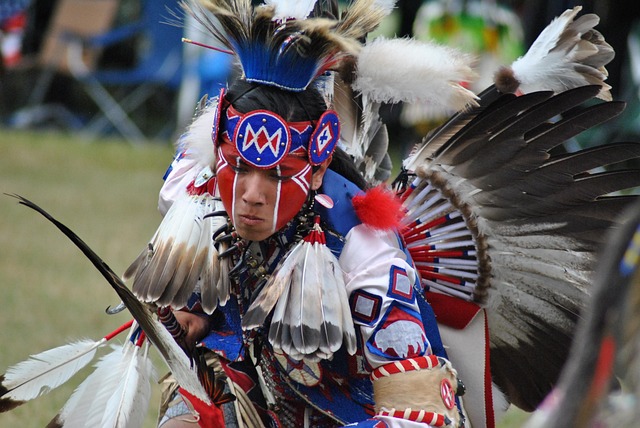Article Title:Camels, Temples, and Jewels: Representing Middle Eastern Movement in Canadian English
Abstract:
The English-language nomenclature that is used to designate belly dance movement is a vital site for the expression of ideas, fantasies, and fears about the Middle East and North Africa, the homelands of this dance genre. Belly dance has no classical tradition or named set of standardised movements in its cultures of origin, so, as the dance form has become globalised, English speakers have invented their own movement names to conform to a Western dance pedagogical tradition that relies on nomenclature. Based on a survey of 154 Canadian dancers, this paper analyses the forms these coinages have taken and assesses how movement terminology has changed since the rise of studio belly dance instruction in North America in the 1970s. The ?camels?, ?temples?, and ?jewels? of early nomenclature are giving way to terminology that instead incorporates personal names, particularly the names of Middle Eastern and North African dancers, and auditory imagery. These terminological shifts challenge dominant Orientalist discourses that portray Middle Eastern and North African cultures as static, monolithic, and fantastical. [GRAPHICS] .
Keywords: Middle East; North Africa; Canada; Oriental dance; belly dance; nomenclature
DOI: 10.1080/07256868.2019.1675614
Source:JOURNAL OF INTERCULTURAL STUDIES
Welcome to correct the error, please contact email: humanisticspider@gmail.com



